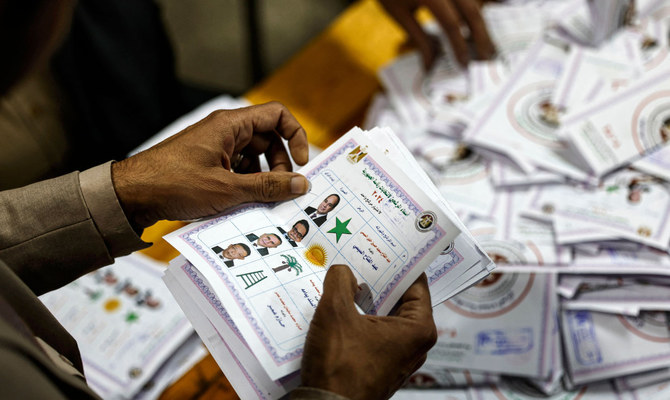
IDMC report noted the numbers of internally displaced people in the region remained ‘concerningly high’
IDMC Director Alexandra Bilak: ‘Peacebuilding and development initiatives are needed to resolve the underlying challenges that hold displaced peoples’ lives in limbo’
LONDON: North Africa and the Middle East have hit a 10-year low in refugees as conflicts in Libya, Iraq and Syria deescalated, according to the International Displacement Monitoring Centre.
Nonetheless, the IDMC report noted the numbers of internally displaced people in the region remained “concerningly high,” warning the trend toward long-term displacement would “never be reversed” without safe and sustainable conditions for IDP returnees.
IDMC Director Alexandra Bilak said: “Peacebuilding and development initiatives are needed to resolve the underlying challenges that hold displaced peoples’ lives in limbo.”
Furthermore, the report pointed to “unprecedented numbers” of people being displaced by violence in Afghanistan and Myanmar over the course of 2021, with similarly high numbers for Somalia and South Sudan.
Globally, the number of displaced people reached 38 million, 94 percent of whom were forced to flee from weather-related disasters, with more than 25 million under the age of 18.
While contending more data was needed to assess longer-term impacts, Bilak said it was clear protecting and supporting displaced children and young people was crucial for the future, noting that “a healthy happy child” would be more likely to contribute to an “equitable society and functioning economy.”
She added: “Children and young people are agents of change. Recognising them as such is vital to protect development gains and reduce the risk of future crises. Preparing the world of tomorrow must start with their active participation and leadership.”











